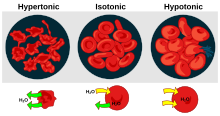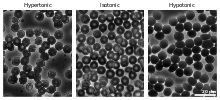http://www.bloomberg.com/news/2014-06-29/is-work-killing-you-in-china-workers-die-at-their-desks.html
Chinese banking regulator Li Jianhua literally worked himself to death. After 26 years of “always putting the cause of the party and the people” first, his employersaid this month, the 48-year-old official died rushing to finish a report before the sun came up.
China is facing an epidemic of overwork, to hear the state-controlled press and Chinese social media tell it. About 600,000Chinese a year die from working too hard, according to the China Youth Daily. China Radio International in April reported a toll of 1,600 every day.
Microblogging website Weibo is filled with complaints about stressed-out lives and chatter about reports of others, young and old, worked to death: a 24-year-old junior employee at Ogilvy Public Relations Worldwide Inc., a 25-year-old auditor at PricewaterhouseCoopers LLP; one of the chief designers of China’s next-generation fighter planes at state-run AVIC Shenyang Aircraft Corp.
“What’s the point of working overtime so you can work to death?” asked one commentator on Weibo, lamenting that his boss told employees to spend more time on the job.
The rising death rate comes as China’s workforce appears to be getting the upper hand, with a shrinking labor pool able to demand higher wages and factory workers regularly going on strike. The message hasn’t gotten through to China’s white-collar warriors. In exchange for starting salaries typically double blue-collar pay, they put in hours of overtime on top of eight-hour workdays, often in violation of Chinese labor law, according to Geoffrey Crothall, spokesman for Hong Kong-based labor-advocacy group the China Labour Bulletin.
A woman works online in her cubicle at an office in Beijing.
Cubicle jockeys like regulator Li toil overtime in a society where issues of work-life balance are low on the agenda and self-sacrifice is the norm.










